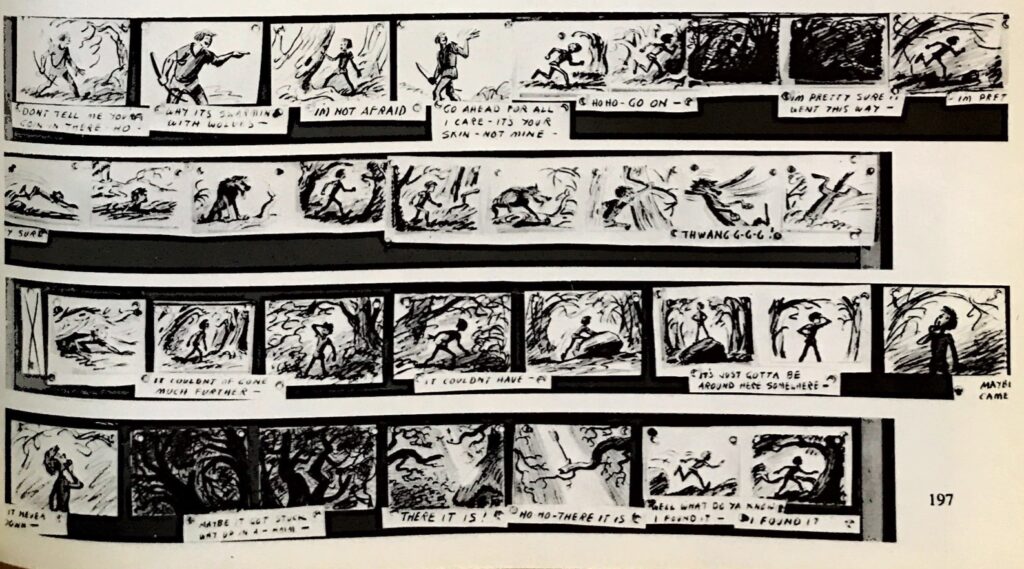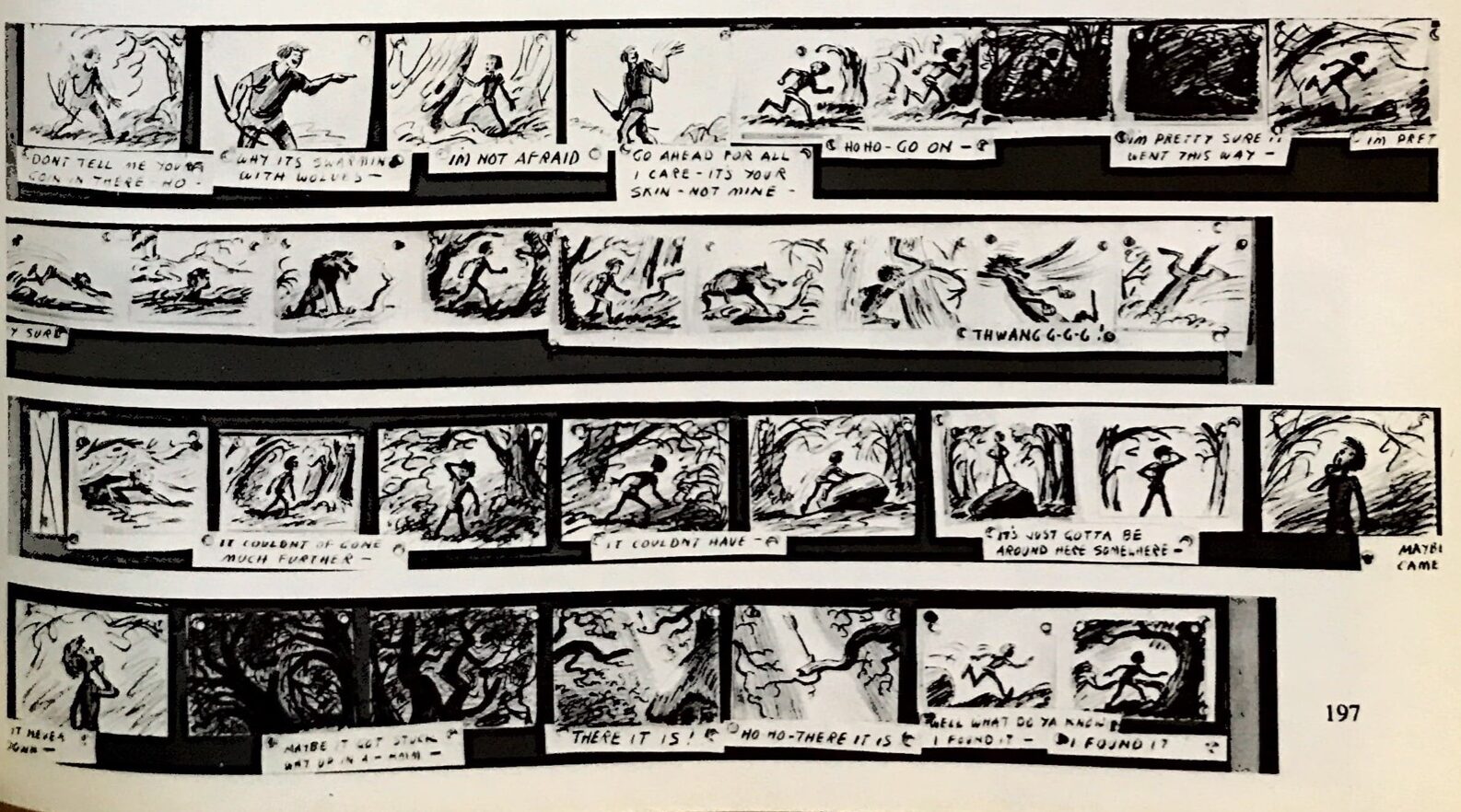
The history of animation is filled with praise for, well, the animation itself. All well and good. But the history of storyboards is much less appreciated. That lack of understanding is why storyboards (and the function they were created for) are history. Or to put it another way, dead.
The way boards are used today is a very different thing then what they were originally designed to do. That’s not a bad thing at all. And this isn’t meant to be a rant about the good old days. In my view, something wondeful and important to animation has been left to wither and fade away. Over the decades, while the basic concept of storyboards remains, modern usage has significantly altered their purpose. In my highly opinionated opinion, something has been lost along the way. A lot of what I’m going to discuss has to do with feature storyboards. TV boards are another thing entirely.
While Walt Disney may not have made the actual first animated feature (Argentinian animators beat him to that one), his studio, from what I have learned, pretty much invented the storyboard form that we know today. As far as I’m concerned, the storyboard, as it was conceived of then, was one of that legendary studio’s greatest contributions to animation. The first and still most misunderstood idea, is that it allowed movie makers to plan their stories in advance and with pictures instead of words.
The idea of allowing visual artists to tell stories with pictures. What a brilliant, pure and self-evident concept! Storytellers were liberated from the prison of words and able to construct a vision from pictures. Storyboards were physical objects. Not just the boards but the drawings. Obviously, the digital world long ago absorbed the drawing on individual pieces of paper. But working on paper foregrounded the interchangeablility of the individual drawings. Nothing was fixed. Ideas were fluid and malleable. This mind-set was at the core of every story artist who worked this way.

Leave a Reply